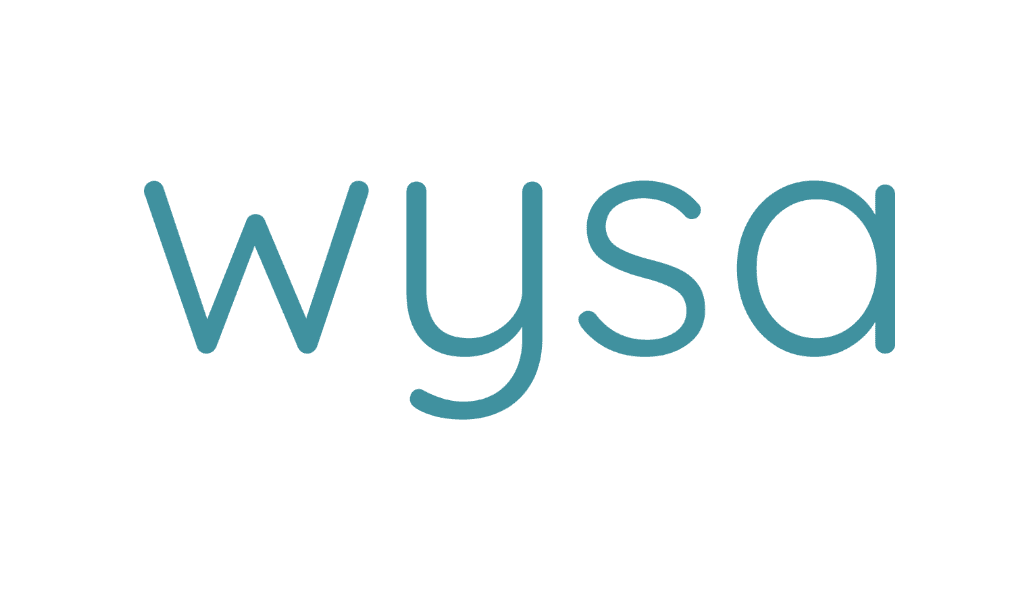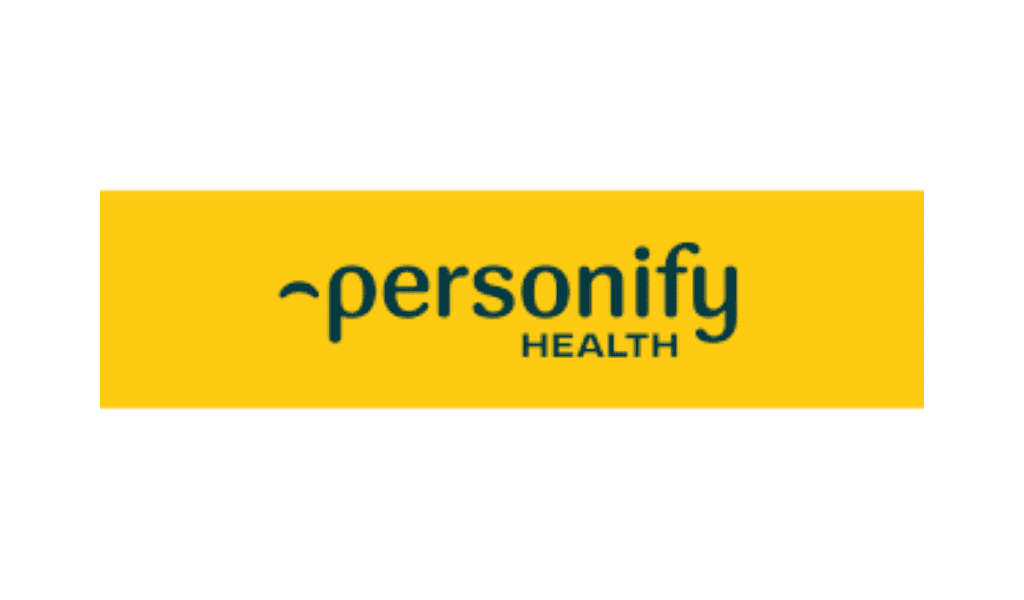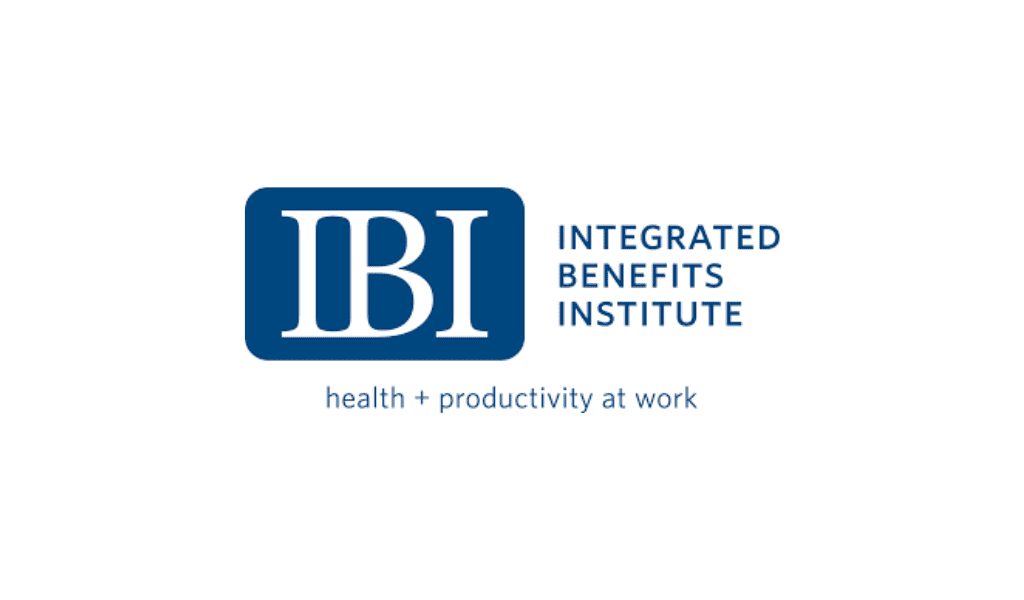Strong and genuine workplace connections are essential to keeping employees happy and businesses thriving in the new world of work.
By Eric Tinch
At the start of 2020, as everything seemed to come to a standstill and COVID-19 became part of the world’s vernacular, the way employees and employers conducted business changed. Now, almost two years of remote work and many dispersed workforces later, savvy organizations recognize the need to be nimble and continually reevaluate their strategy to retain their greatest market advantage: their employees.
The reality of the pandemic led to a “workforce awakening” as people reassessed what was important to them, and keeping their job was only one part of the equation. Employees started to acknowledge the impact their commute, work schedule, childcare and eldercare responsibilities, and toxic corporate culture made to their productivity, both on and off the job.
Globally, The Great Resignation has touched the corporate ladder at all employee levels. With mass resignations in full swing, today’s business leaders need to put an emphasis on connectedness. From a HR perspective, connectedness refers to employee engagement, the employee’s level of willingness to own outcomes, and the value they place on experiences and building meaningful relationships with their teams.
The shift to connectedness in 2022 starts with corporate leadership and a pivot in beliefs and mindsets, management styles, and use of digitalization and technology. When focusing on employee and employer connectiveness, evaluating employee-centric approaches and how these approaches manifest into corporate culture is a great place to start. There are three areas that make a big difference.
1. The importance of soft skills and management. Soft skills, a phrase used to encompass people, social, and communication skills with personality traits and attitudes, enable managers to better relate to their staff. Today’s best leaders know how to work well with others, perform well, and achieve their goals while getting their employees to do the same. Some of the soft skills managers should possess include coaching and developing their teams, giving clear and timely performance feedback, and making decisions that give all employees the opportunity to impact the organization.
2. Leadership tools to empower both remote and in-person employees. The pandemic shattered the idea of employees having to be on-site to be productive. And with reports of new strains always on the horizon, successful organizations have built new infrastructures to support teams even if they never return to an office. Some ways to ensure employees stay connected in virtual, hybrid, or remote work environments include establishing a strong communications strategy and implementing technology that encourages connectiveness. Be sure to include many high-touch points during new hire onboarding, as well as continuously develop and train existing employees.
Connectedness, however, is not about simply setting up more Zoom calls or Slack channels. It’s about finding ways to promote true human connection even in virtual environments. One tactic executives can employ is to call 10 people in their organization every week and “just talk.” No chatter about business objectives or KPIs, just a good old-fashioned conversation. This fosters true connectedness, comradery, purpose, and is amazingly beneficial in combating burnout.
3. Focus on employee well-being. As the lines between work and home blur, businesses need to recognize that burnout is a real issue that can make a huge impact on a company’s profits. To foster more engaged, motivated, and high-performing teams, organizations are turning to more expansive benefits packages that acknowledge the importance of mental health in the workplace. At the most basic level, this should include the monitoring of employee workload, time off for childcare and eldercare, and mental health support.
Today’s work environment calls for investing in people and their employee experience, which triangulates to investing in development for front-line management, middle management, and leadership, with a focus on high-touch approaches and empathy. Technology is a great enabler because it drives organizational efficiency, but it is not a one-stop solution. An easy way to break down the benefits of employee and employer connectedness is that connectedness equals employee engagement and employee engagement equals more employee ownership and accountability. More employee ownership and accountability equals greater productivity, which ultimately accounts for a stronger bottom line.
Eric Tinch is the senior vice president of human resources and global digital transformation for Sutherland.















